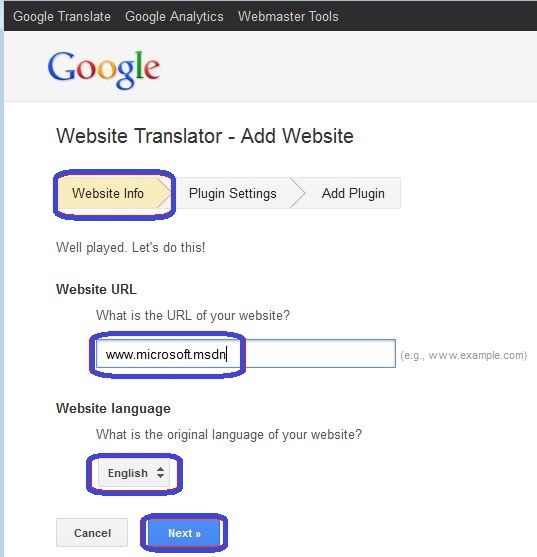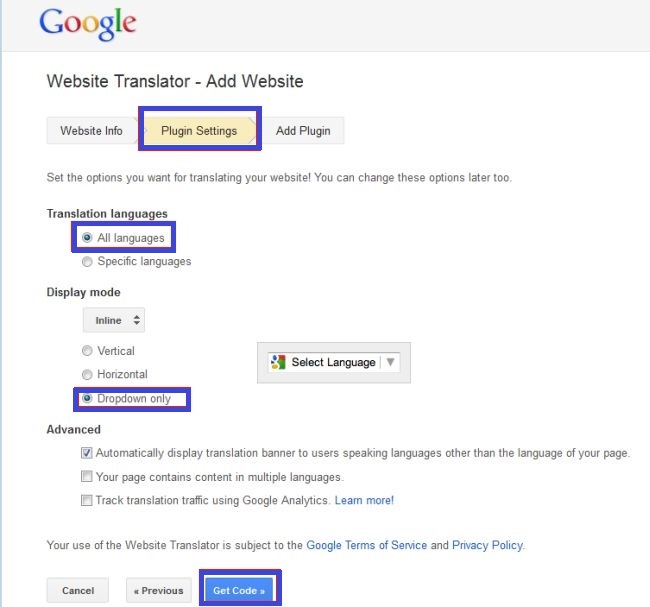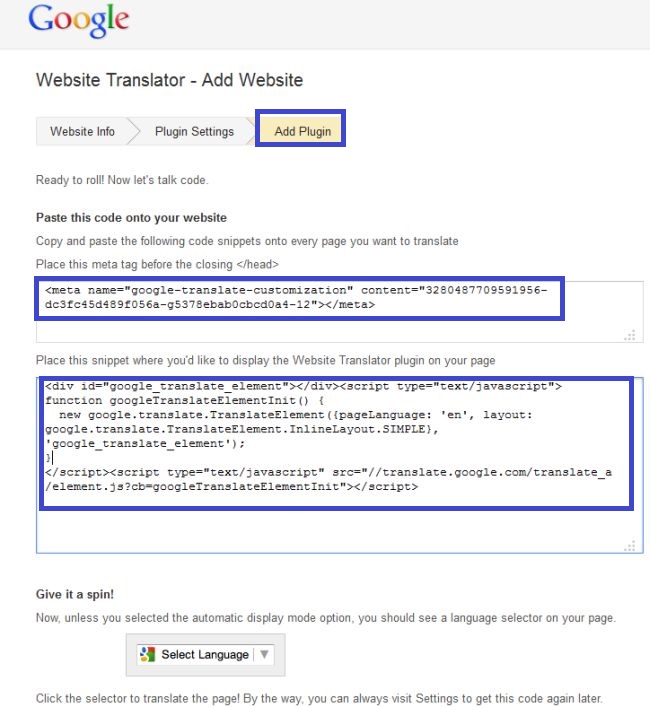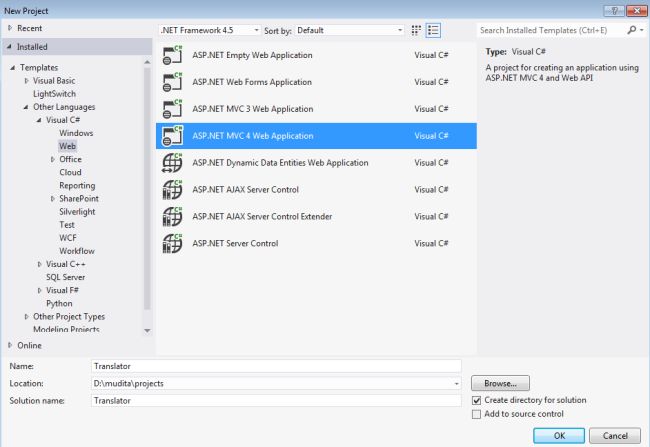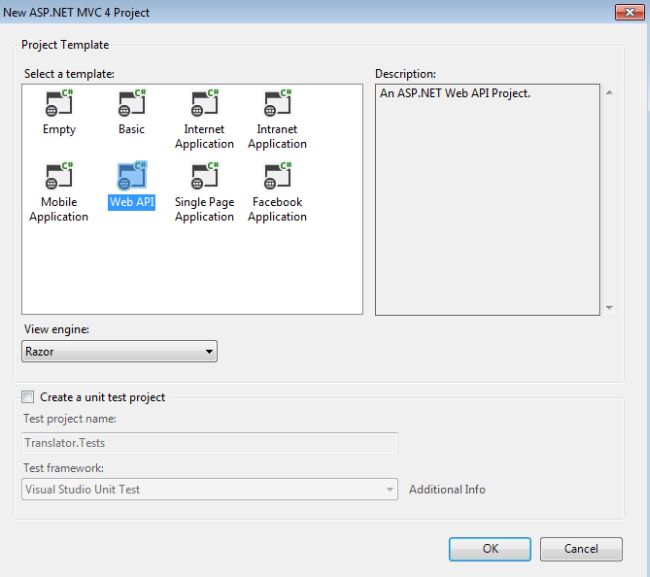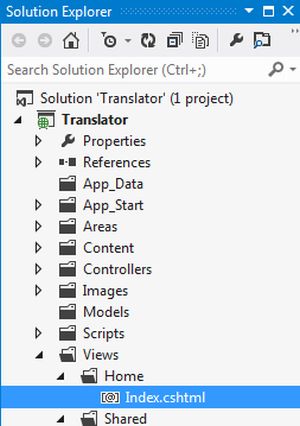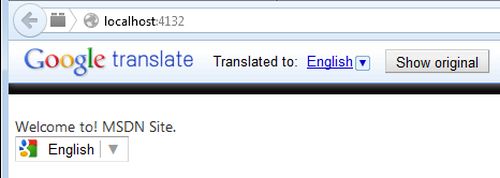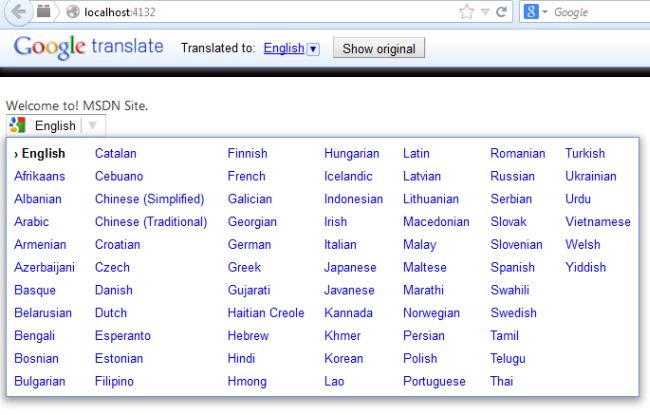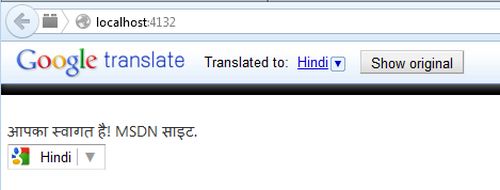Rating Control properties:
<ajaxToolkit:Rating ID="ThaiRating" runat="server"
CurrentRating="2"
MaxRating="5"
StarCssClass="ratingStar"
WaitingStarCssClass="savedRatingStar"
FilledStarCssClass="filledRatingStar"
EmptyStarCssClass="emptyRatingStar"
OnChanged="ThaiRating_Changed" />
AutoPostBack - True to cause a postback on rating item click.
CurrentRating - Initial rating value
MaxRating - Maximum rating value
ReadOnly - Whether or not the rating can be changed
StarCssClass - CSS class for a visible star
WaitingStarCssClass - CSS class for a star in waiting mode
FilledStarCssClass - CSS class for star in filled mode
EmptyStarCssClass - CSS class for a star in empty mode
RatingAlign - Alignment of the stars (Vertical or Horizontal)
RatingDirection - Orientation of the stars (LeftToRightTopToBottom or RightToLeftBottomToTop)
OnChanged - ClientCallBack event to fire when the rating is changed
Tag - A custom parameter to pass to the ClientCallBack
First we have to create to create table. Sample table design given below
Table design (UserRating):
Column Name
|
Data Type
|
Id (Auto Increment)
|
int
|
Rating
|
Int
|
In we.config file we have to set connection string
Sample code:
<connectionStrings>
<add name="ConnectionString" connectionString="Data Source=localhost;
Initial Catalog=Demo; Integrated Security=True"/>
</connectionStrings>
Here we have to add AjaxControlToolkit assembly reference in our page
<%@ Register Assembly="AjaxControlToolkit" Namespace="AjaxControlToolkit" TagPrefix="asp" %>
Then we have to create our aspx page like this
Designer source code:
<%@ Page Language="C#" AutoEventWireup="true" CodeFile="Default.aspx.cs" Inherits="_Default" %>
<%@ Register Assembly="AjaxControlToolkit" Namespace="AjaxControlToolkit" TagPrefix="asp" %>
<!DOCTYPE html PUBLIC "-//W3C//DTD XHTML 1.0 Transitional//EN" "http://www.w3.org/TR/xhtml1
/DTD/xhtml1-transitional.dtd">
<html xmlns="http://www.w3.org/1999/xhtml">
<head runat="server">
<title>AJAX Rating control</title>
<style type="text/css">
body
{
margin:0px auto;
width:980px;
font-family:"Trebuchet MS", Arial, Helvetica, sans-serif;
background:#C9C9C9;
}
.blankstar
{
background-image: url(images/blank_star.png);
width: 16px;
height: 16px;
}
.waitingstar
{
background-image: url(images/half_star.png);
width: 16px;
height: 16px;
}
.shiningstar
{
background-image: url(images/shining_star.png);
width: 16px;
height: 16px;
}
</style>
</head>
<body>
<form id="form1" runat="server">
<asp:ScriptManager ID="ScriptManager1" runat="server">
</asp:ScriptManager>
<asp:Rating ID="Rating1" runat="server" AutoPostBack="true" StarCssClass="blankstar"
WaitingStarCssClass="waitingstar" FilledStarCssClass="shiningstar"
EmptyStarCssClass="blankstar" OnChanged="Rating1_Changed">
</asp:Rating>
<asp:Label ID="Label1" runat="server" Text="Label"></asp:Label>,
<asp:Label ID="Label2" runat="server" Text="Label"></asp:Label>
</form>
</body>
</html>
Note:
Source code has been attached along with this article (No registration required).
You can download and copy the required images for Rating Control.
C# code:
using System;
using System.Collections.Generic;
using System.Linq;
using System.Web;
using System.Web.UI;
using System.Web.UI.WebControls;
using System.Data;
using System.Data.SqlClient;
using System.Configuration;
public partial class _Default : System.Web.UI.Page
{
SqlConnection con = new SqlConnection(ConfigurationManager.ConnectionStrings["ConnectionString"].ConnectionString);
protected void Page_Load(object sender, EventArgs e)
{
Label1.Text = "0 Users have rated this Product";
Label2.Text = "Average rating for this Product is 0";
if (!IsPostBack)
{
BindRatings();
}
}
protected void Rating1_Changed(object sender, AjaxControlToolkit.RatingEventArgs e)
{
con.Open();
SqlCommand cmd = new SqlCommand("INSERT INTO UserRating(Rating) VALUES (@Rating)", con);
cmd.Parameters.AddWithValue("@Rating", SqlDbType.Int).Value = Rating1.CurrentRating;
cmd.ExecuteNonQuery();
con.Close();
BindRatings();
}
public void BindRatings()
{
int Total = 0;
con.Open();
SqlCommand cmd = new SqlCommand("SELECT Rating FROM UserRating", con);
SqlDataAdapter da = new SqlDataAdapter(cmd);
DataTable dt = new DataTable();
da.Fill(dt);
if (dt.Rows.Count > 0)
{
for (int i = 0; i < dt.Rows.Count; i++)
{
Total += Convert.ToInt32(dt.Rows[i][0].ToString());
}
int Average = Total / (dt.Rows.Count);
Rating1.CurrentRating = Average;
Label1.Text = dt.Rows.Count + " " + "Users have rated this Product";
Label2.Text = "Average rating for this Product is" + " " + Convert.ToString(Average);
}
}
}


